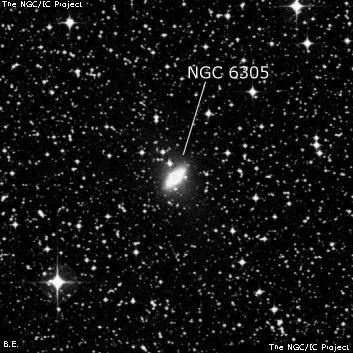
The Stingray Nebula (He 3-1357), the youngest known planetary nebula, lies 23' SW. It appeared ~13th magnitude and was stellar up to 230x. It was easy to confirm by blinking with an NPB filter at 178x. A mag 10.8 star is 35" W and provided an excellent comparison. This star is noticeably brighter unfiltered, but dimmer after inserting an NPB filter, so there was a very good filter response due to its strong OIII lines.
Up until around 1980, He 3-1357 was an ordinary B1 post-AGB star, but then it suddenly sprouted bright emission lines like a planetary nebula, and soon afterwards the HST discovered a small PN halo around the star, so apparently a star was caught in the act of ionizing a PN.
The brightening of the nebula likely stopped in the early 1990’s with the turn-off of the fast stellar wind associated with the 1980s ionization event. The fading of the nebula started afterwards in the early 1990s. At this time, the central star underwent fast fading and its illumination of the nebula declined from V = ~10.5 to currently ~12.5.
John Herschel discovered NGC 6305 = h3669 on 5 Jul 1836 and logged "vF; vS; R; glbM; 12"." RNGC classifies this galaxies as an unverified southern object.
Joseph Turner sketched this object on 14 Jul 1876 with the Great Melbourne Telescope. He noted "the nebula has a stellar center as shown above [in sketch] and looks like a star of 14th magnitude surrounded by a slight haze." (page 110 in his logbook and unpublished lithograph plate VII, figure 73)
300/350mm - 14" (4/3/16 - Coonabarabran, 178x and 230x): moderately bright, small, slightly elongated, 20"x15" (probably the core region). Two mag 13.5-14 stars just off the north side are collinear with the galaxy. Located 32' NNW of mag 5.9 HD 156091 in a fairly rich star field.
Notes by Steve Gottlieb